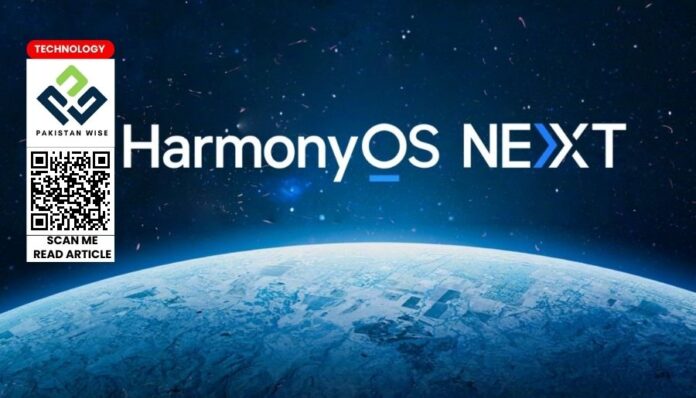Huawei has officially introduced HarmonyOS Next, the latest version of its proprietary operating system, ushering in a new era of technological autonomy. This strategic unveiling, showcased during a launch event in Shenzhen, signals Huawei’s determined departure from its reliance on Mobile Android Software / Applications.
The announcement comes as a response to the 2019 U.S. restrictions that severed Huawei’s access to crucial technical support from Google for its Android mobile operating system.
Strategic Milestones and Release Schedule
Set to release a developer version in the second quarter and a full commercial version in the fourth quarter of the current year, HarmonyOS Next is a pivotal step in Huawei’s endeavor to establish Harmony as an independent operating system for its diverse range of devices.
Unlike its predecessors, which supported Android apps, reports from domestic financial media Caixin suggest that HarmonyOS Next will no longer maintain compatibility with Android applications.
This strategic shift underscores Huawei’s commitment to reducing its dependence on foreign technologies and fostering a self-reliant ecosystem.
Evolution of HarmonyOS
Under development since 2019, HarmonyOS was initially introduced on select smartphones in 2020. The decision to distance itself from Android apps represents a strategic evolution, positioning HarmonyOS as a robust operating system specifically tailored for Huawei devices.
Although Huawei has not officially commented on this move, industry experts speculate that it could solidify the company’s dedication to minimizing reliance on external technologies.
Resurgence Amid Challenges
This development comes on the heels of Huawei’s surprise launch of the Mate60 series of smartphones last August, believed to be powered by domestically developed chipsets. Regarded as Huawei’s resurgence in the high-end smartphone market amid challenges from U.S. sanctions, industry reactions remain speculative.
Despite external challenges, Huawei maintains optimism about its financial performance, projecting revenue to exceed 700 billion yuan ($97.3 billion) in 2023, reflecting a 9% year-on-year growth. This projection underscores Huawei’s resilience and determination to prosper despite adversity.
Strategic Maneuver towards Independence
In essence, Huawei’s introduction of HarmonyOS Next and its departure from Android apps signifies a strategic maneuver, demonstrating the company’s commitment to technological independence.
As HarmonyOS transforms into a standalone operating system, Huawei aims to reshape its ecosystem, offering users a seamless and self-contained experience across a diverse range of devices.
The journey towards HarmonyOS signifies not only a software shift but also a transformative step for Huawei in navigating the intricate landscape of international technology restrictions.
Conclusion
Huawei’s launch of HarmonyOS Next stands as a testament to its commitment to technological sovereignty. By developing a self-sustaining ecosystem, Huawei positions itself as a pioneer in navigating the complexities of the global technology landscape.
As HarmonyOS continues to evolve, it heralds a new era for Huawei, one marked by innovation, resilience, and a steadfast commitment to shaping its destiny in the realm of technology.

